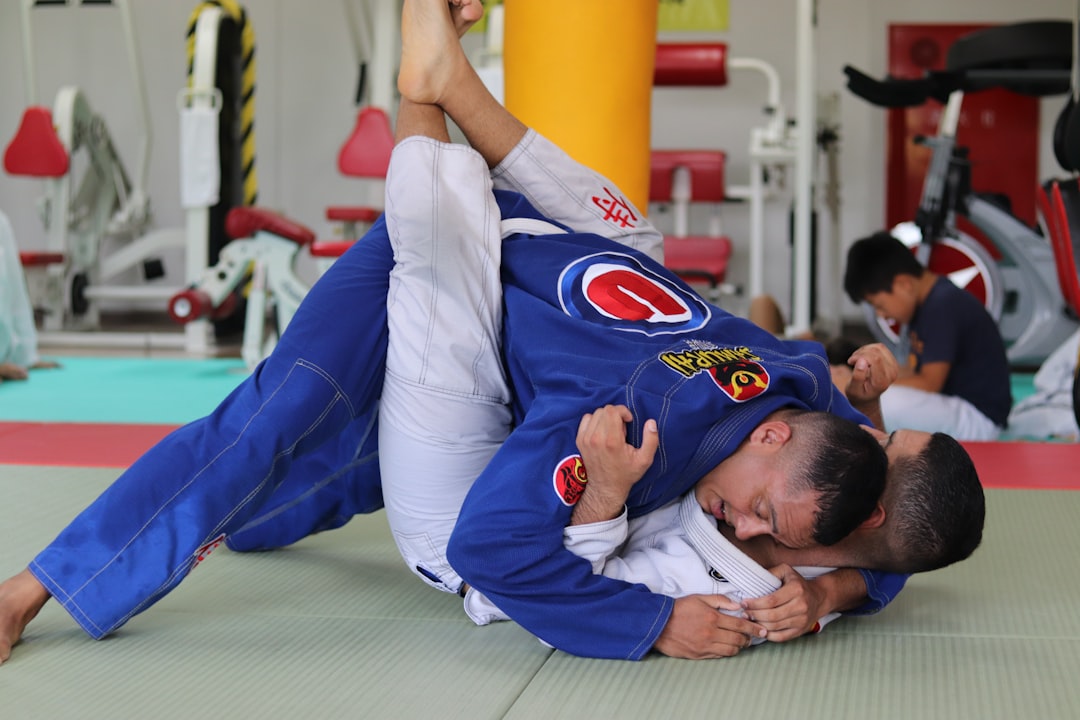The karate uniform, or gi, is a traditional and symbolic garment central to the practice of karate. Made from heavyweight cotton or hemp fabric, the gi's design—consisting of a jacket, trousers, and an obi belt indicating rank—has remained consistent while accommodating minor regional variations. The gi is functional for martial arts training, allowing for full range of motion, and serves as a tangible emblem of karate's rich heritage and traditions. It not only unifies practitioners through its universal use across different styles and ranks but also underscores the discipline's cultural roots, particularly its Okinawan origins. The addition of a hakama for higher-ranked belts further signifies the gravity of the martial artist's status. The gi is not just a uniform but a key identifier that distinguishes karate from other martial arts, emphasizing its unique cultural significance and the importance of maintaining its traditions in contemporary practice.
Exploring the rich history and significance of the karate uniform, this article demystifies the term ‘karate uniform name’ and delves into its pivotal role in martial arts culture. Known colloquially as a ‘gi,’ this traditional attire is more than mere clothing; it embodies discipline, respect, and the essence of karate’s heritage. From the evolution of its design to the intricacies of rank representation, understanding the karate uniform extends beyond aesthetics. Join us as we examine the symbolism behind the white gi, explore the variations in modern practice, and appreciate the traditional elements that continue to define this quintessential martial artist’s garb.
Understanding the Karate Uniform: The Gi's Significance and Style

When delving into the realm of martial arts, one of the most fundamental aspects is the attire worn by practitioners – the karate uniform, commonly known as the gi. The gi serves not just a functional purpose but also embodies the traditions and values inherent to the discipline of karate. Crafted from heavyweight cotton or hemp fabric, the gi’s design has remained relatively consistent over time, reflecting its cultural significance and utility in practice and competition.
The standard karate uniform typically consists of a jacket, trousers, and a belt, known as an obi, which indicates the wearer’s rank or level within their karate training. The jacket, or “uyedama,” features a set of large patches on each sleeve, providing areas to grip during sparring or practice. The trousers, referred to as “shitagi,” are straight-legged and reach just below the knee. Together, these elements form a garment that is both functional for movement and symbolic of the karateka’s dedication to the art. Is the gi used universally across all styles and ranks in karate? Yes, while there may be slight variations in cut or color depending on the style and country of origin, the basic design of the gi remains a staple in karate training worldwide. What role does the gi play beyond its physical attributes? The gi is a tangible link to the history and tradition of karate, reminding practitioners of the respect and discipline demanded by the martial art as they tie their belt each day.

If you’re curious about the traditional attire worn by karate practitioners, you might be wondering what the karate uniform is called. The garment that karateka, or martial artists, don during practice and competition is known as a gi. This two-piece outfit consists of a jacket and trousers, both typically white in color, and it is a hallmark of the discipline, symbolizing respect and unity among practitioners. The top, or jacket, is belted at the waist with an obi, and the pants are secured with a cord called a hakama for higher belts, adding an element of formality and distinction to the attire of advanced students. The specific uniform’s name, “gi,” serves as a reminder of the rich history and traditions of karate, which has its roots in Okinawa, Japan. It is a key component that distinguishes the practice from other martial arts and underscores the discipline’s focus on both physical and spiritual development.
In wrapping up our exploration, it’s clear that the karate uniform, commonly known as a gi, is far more than mere attire; it embodies the essence of tradition and respect within the martial art. The gi serves as a tangible symbol of discipline, unity, and the shared heritage among practitioners worldwide. Whether new to the practice or well-versed in its disciplines, understanding the karate uniform name is an integral part of embracing the sport’s rich history and cultural significance.
